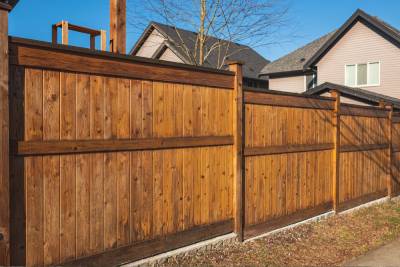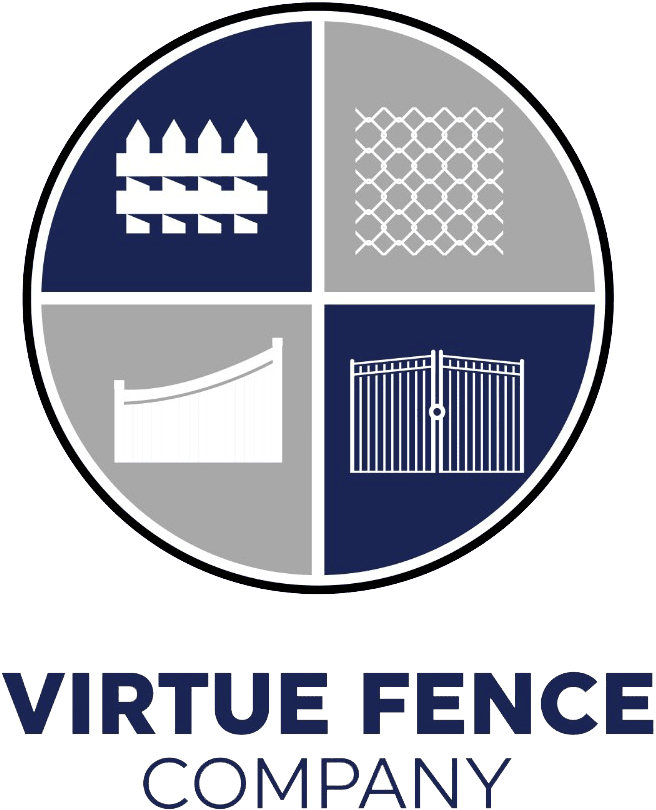Aluminum Vs. Steel Fence: Selecting The Right One For Your Home

Deciding between an aluminum vs. steel fence involves more than just comparing appearances. These materials vary in strength, durability, maintenance, and overall purpose.
Aluminum is lighter and naturally resistant to rust, making it a popular choice for residential properties. Steel offers greater impact resistance and strength, which can be beneficial in more demanding environments.
Each option brings its own set of advantages. Understanding how they perform in real-world conditions helps you select a fence that suits both your property and long-term needs.
Understanding Material Behavior
Aluminum fencing is made from a non-ferrous metal, so it doesn’t rust when exposed to rain, humidity, or salty air. This makes it a reliable choice for coastal homes or areas with high moisture levels. Many aluminum fence systems come with a powder-coated finish, which adds both protection and visual appeal in finishes like black, bronze, or white.
Steel fencing is built for toughness. It resists bending and denting – suitable for areas where falling branches or physical impact are more likely. While galvanized and powder-coated steel can hold up well over time, it still needs more attention to prevent rust compared to aluminum. Chips in the coating can expose the steel underneath, accelerating corrosion.
Durability in Practice
Both materials come with long-lasting performance but respond to stress differently. Aluminum can flex slightly, which helps absorb force. This feature is especially helpful in yards where pets or children may run into the fence. It also adapts well to temperature shifts, expanding or contracting as needed without cracking.
Steel stands firm and does not shift easily. This makes it a strong choice for areas with heavy winds or snow. Tubular steel fences reduce the overall weight while maintaining strength. However, steel can chip when struck hard enough, which leads to faster rusting if left unaddressed.
The environment around your home plays a big part in which material fits better. A fence near a wooded lot may need more impact resistance, while fencing around a garden or pool may benefit from a lighter touch.
Style and Visual Impact
Both steel and aluminum fences come in ornamental designs that mimic wrought iron. This style blends well with traditional or upscale homes, creating an elegant look without the high cost of real iron. Aluminum fences typically provide more finish options. This can help homeowners match fencing with trim, shutters, or landscaping features.
Steel fences often stick to neutral tones like black, bronze, or gray. They give off a more serious or secure appearance. This works well on larger properties or where safety is a top priority. Decorative elements like finials, arches, and scrolls are available for both types, which helps soften their industrial look.
In some communities, fencing needs to match other homes for visual consistency. Aluminum’s range of styles makes it easier to meet design rules in such areas. For open views, both materials support spaced picket designs that allow visibility without sacrificing boundary lines.
Cost Differences and Long-Term Value
Installing an aluminum fence often involves lower upfront costs. The lighter weight makes it easier to transport and quicker to install, which can reduce labor fees. This makes aluminum a cost-effective option for large yards or multi-section fencing.
Steel fencing requires more time and effort during installation. It’s heavier and often needs additional support hardware. While the initial investment is higher, steel can deliver strong value in areas where durability is a top concern, such as homes near commercial zones or properties with frequent wildlife activity.
Over time, aluminum generally wins on ease of care. It rarely needs more than occasional rinsing, and coatings tend to stay intact for years. Steel can last just as long, but it may need more maintenance in wet or rough environments. Damage should be addressed promptly to prevent rust from spreading.
Environmental Fit
Local climate plays a key role in material performance. In coastal or lakeside areas, aluminum is ideal because it doesn’t corrode even without coatings. It maintains its structure and look with minimal effort, even in salty air or humid conditions. This makes it a practical choice for waterfront properties where constant upkeep can become time-consuming.
Steel performs well in dry inland regions or where cold winters are common. When properly coated, it resists cracking and holds up under heavy snow and wind. It’s also useful near wooded zones, open land, or properties with frequent impact risk. The strength and weight of steel offer added peace of mind in these environments.
In suburban or urban neighborhoods, aluminum is often preferred for its modern lines and lower maintenance. It pairs well with smaller properties, front yards, or decorative fencing needs. Its clean appearance and flexible design options make it easier to match architectural styles or meet HOA design guidelines.
Installation and Flexibility
Aluminum fencing is easier to install thanks to its lightweight panels and pre-assembled options. It suits DIY projects and properties with slopes or uneven ground. The lighter material makes adjustments and repositioning more manageable after seasonal shifts.
Homeowners can often complete small-to-medium aluminum installations with basic tools and minimal help, which can reduce project costs. Aluminum also requires less digging for posts, especially in areas with shallow soil or landscaping features that need to be preserved.
Steel installation takes more effort. Deeper post setting and panel attachment add to labor time and complexity. The added weight means most steel fences require at least two people for proper handling, and the installation often involves welding or heavy-duty fasteners.
But once installed, steel fences stay rigid and secure for many years. Their strong structure makes them less prone to movement or sagging, even in harsh weather.
For sloped yards, aluminum panels step cleanly along grade changes with fewer gaps. The flexibility in panel design allows for better alignment with uneven terrain without sacrificing appearance. Steel can handle slopes as well. However, the process often requires extra work or custom components, which may increase both cost and installation time.
Comparing with Other Fence Options
For some homeowners, vinyl fencing may also be a consideration. A vinyl fence installation delivers strong privacy and low maintenance but lacks the open visibility that metal fencing offers. Unlike aluminum or steel, vinyl cannot be shaped into narrow pickets or ornamental designs without losing strength.
Aluminum fencing bridges the gap between durability and design. It holds up well and works across most property types. It suits homeowners who want less maintenance but still need structure and form. If you are comparing fencing styles, metal options often bring better long-term value than wood, which can split, warp, or rot without regular care.
Steel remains a leader in strength. It performs better than aluminum in commercial, agricultural, or heavy-use areas. The added strength brings weight, which makes it less ideal for smaller yards or decorative front fencing. But for backyards with large dogs or homes near wooded zones, steel can handle more demand.
Need Help Deciding? Talk With Fence Experts
At Virtue Fence Company, we install both aluminum and steel fences using best-in-class materials and proven techniques.
We help New Jersey homeowners make smart choices based on their space, layout, and long-term goals. Our team takes the time to understand your property’s unique needs, offering personalized guidance and honest recommendations.
If you are weighing the pros and cons of an aluminum vs. steel fence, we will walk you through every detail so you do not settle for the wrong one. Whether you’re looking for added security, style, or low-maintenance performance, we’re here to help you get it right.

